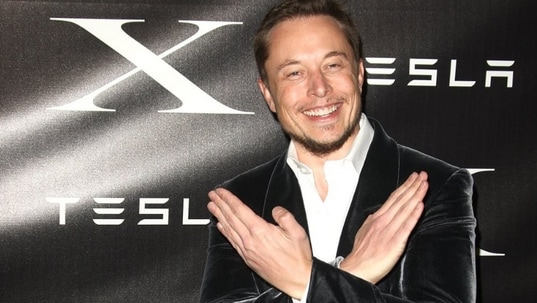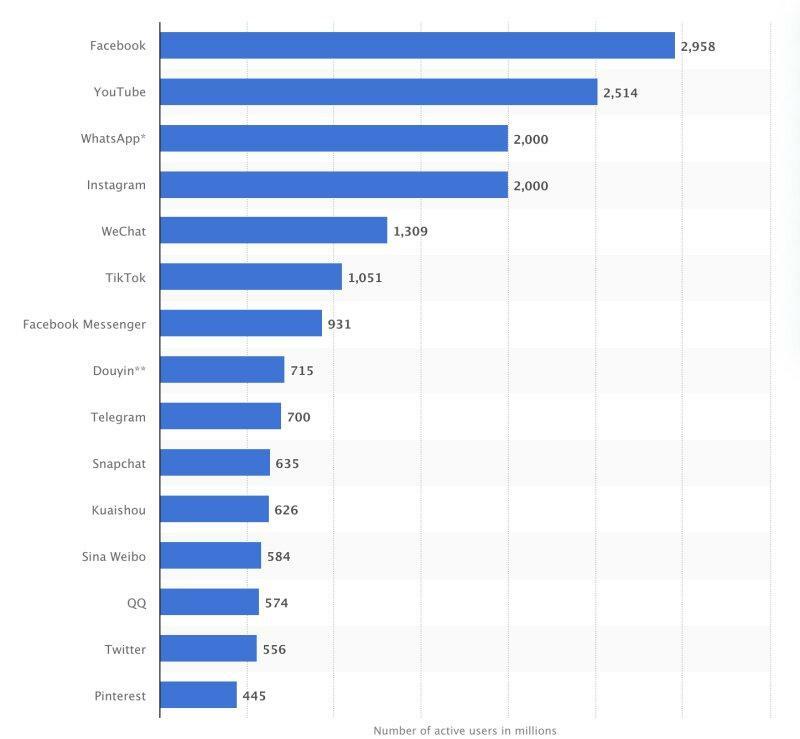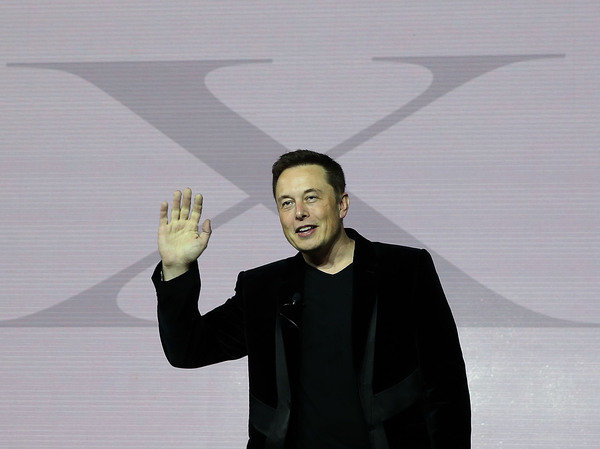It has been nine months since Elon Musk acquired Twitter.
Twitter’s logo has changed from a blue bird to an “X,” causing all sorts of stir.

What makes this logo change particularly controversial is its seemingly spur-of-the-moment speed.
After all, it was July 23 when Mask tweeted that he would be saying goodbye to the Twitter brand and the birds and put out a call for submissions for the new logo.
He then seemed to like one of the logos among those submitted in response to the call, and tweeted a video of the logo an hour later.
— Elon Musk (@elonmusk) July 23, 2023
Then, the next day, July 24, they suddenly changed the logo of the Twitter web service, surprising Twitter users around the world.
It seems that the seriousness of the logo change was hardly shared internally in advance, and while the word “Twitter” was sequentially removed from the official accounts, the logo change for the applications was also staggered, with the Android version leading the way, and the iPhone version finally being changed on July 29.
The tweet button and other buttons shown in media articles have not been changed at all, and the brand guidelines for Twitter’s logo have been left as they are, with the blue bird logo.
Normally, a logo change for such a large scale service is done with a great deal of advance preparation and prior communication to the companies involved, but this rebranding from Twitter to “X” was an unorthodox move on Mask’s part.
What we would like to focus on here is why Mask decided to force the rebranding from Twitter to “X” at this stage.
The change from Twitter to “X” is a foregone conclusion.
Many Twitter users may be shocked by the rebranding, but in fact, industry insiders had already planned for Mask to rebrand the Twitter application to “X.” Mask is now rebranding it to “X” as the so-called “super app,” which is a new name for the Twitter application.
Musk’s desire to develop “X,” the so-called “super app,” was well known in the industry even before the Twitter acquisition came to fruition.
It is particularly symbolic that in October 2022, when Musk made the decision to acquire Twitter in the face of a lawsuit over the cancellation of the Twitter acquisition, he posted, as if to himself, “The acquisition of Twitter will accelerate the development of X.” In that sense, it is clear that Musk’s desire to develop “X” is a well-known story in the industry even before the acquisition of Twitter was realized.
Buying Twitter is an accelerant to creating X, the everything app
— Elon Musk (@elonmusk) October 4, 2022
In that sense, it is clear that Musk’s real intention in acquiring Twitter was to take a shortcut to the development of the “X” super-app, and it was a foreseeable future that the brand and logo of Twitter would be changed when it becomes the “X” super-app in the future.
However, many people in the industry, including myself, had predicted that Twitter would be rebranded to “X” only after it had implemented payment functions, short video functions, and other features appropriate for being called a super-app.
I did not expect such a sudden change of logo at this time.
In any case, immediately after Mask decided to change the brand, he tried to remove the Twitter logo from the company building, but he had not obtained a permit for the construction and was stopped by the police.
Welp, @twitter name so coming off the building right now but @elonmusk didn’t get permit for the equipment on the street so @SFPD is shutting it down. pic.twitter.com/CFpggWwhhf
— Wayne Sutton (@waynesutton) July 24, 2023
The police even stopped him because he had not obtained a permit for the construction work. This incident clearly shows that Mask had not planned this logo change in advance.
There are two main reasons why Mask decided to change the brand from Twitter to “X” at this time.
To attract advertisers back with a new brand
The first reason is that advertisers who left Twitter at the time of Mask’s decision to acquire Twitter have not returned to the company for more than six months.
We imagine that Musk’s calculation was probably to restructure some employees at Twitter to make room for profits, so that he could offset the interest payments on the debt from the Twitter acquisition with Twitter’s earnings, and focus on the development of super apps in the meantime.
However, contrary to Musk’s expectations, more than half of the advertisers, especially major advertisers, defected from Twitter immediately after the Twitter acquisition.
The company was faced with a situation where sales dropped by half.
At the time, the defection of advertisers was thought to be temporary, so Mask tried to wait for advertisers to return while seeking to secure revenue other than from advertising by changing the API, which had been released free of charge, to a higher price and enhancing the paid version of Twitter Blue.
We’re still negative cash flow, due to ~50% drop in advertising revenue plus heavy debt load. Need to reach positive cash flow before we have the luxury of anything else.
— Elon Musk (@elonmusk) July 15, 2023
However, as Mask has unintentionally confessed, Twitter’s advertising revenues have been cut in half, and the company’s cash flow is still in the red.
Given this situation, it seems highly likely that Mask has decided that rather than maintaining the Twitter brand, it would be better to restart under a new brand, “X,” so that advertisers might come back.
Our HQ in San Francisco tonight pic.twitter.com/VQO2NoX9Tz
— Elon Musk (@elonmusk) July 29, 2023
Although many people may be skeptical that such a move would bring advertisers back, it is not impossible that advertisers would rethink their ads at the timing of a brand refresh.
Furthermore, in conjunction with the reduction of advertising rates, the company also announced that the gold certification badges granted to major companies would be stripped from companies whose advertising expenditures did not reach a certain standard.
This seems to be a strategy to attract advertisers back with a set of candy and a whip, a price cut and a threat.
To compete with rivals “Threads” and Facebook
Another reason may be to compete with “Threads,” a Twitter competitor that was launched at the beginning of July and attracted 100 million registrations in five days.
To be precise, it is not only against Threads, but also against Meta, which includes Facebook and Instagram.
Mask’s ideal super-app is said to be the WeChat of China, an app that integrates various functions such as text messaging, payments, games, and cab calls.
The clear rivals in this masked super-app concept are Facebook and Instagram.
Facebook and Instagram are the main apps for exchanging messages between users, and they have already integrated various functions such as video and photo sharing, so they are clearly closer to super apps than Twitter is at the moment.
Furthermore, Zuckerberg has clearly taken a lead in Musk’s super-app concept this time by releasing a Twitter competitor, Threads, in conjunction with Instagram.
It is perhaps symbolic that Zuckerberg’s first image posted to Twitter in 11 years was a very provocative image of two Spidermen pointing at each other pointing at the other as a fake.
— Mark Zuckerberg (@finkd) July 6, 2023
From Mask’s point of view, he plans to create his own super app, but Zuckerberg has in a sense created “Threads” as a child of Facebook and Instagram, and then bumped it up against Twitter as a competitor.
By leaving the Twitter brand as it is, Twitter is now at risk of being seen by others as a competitor of Threads and not to be compared to Facebook and Instagram.
Furthermore, “Threads” chose “black,” a color that the mask likes, as its logo color, and if left unchecked, the black social networking site must have felt the risk of being perceived as “Threads” rather than “X.” The “Threads” logo is a black color, and the “Threads” logo is a black color.
A change of heart as evidenced by a 30-minute tweet streak
Presumably, with the above background in place, Mask was so aware of the problems with the rebranding that he decided to vote to change Twitter’s default to black on the 23rd.
Change default platform color to black
— Elon Musk (@elonmusk) July 23, 2023
Looking at Mask’s tweets on July 23 in chronological order, before the above vote, he posted the meaningful words “Paint it Black” and “Apology,” then voted to change the default color to black as mentioned above, and immediately after that, he mentioned the rebranding of Twitter and started soliciting for a new logo.
In fact, this series of tweets was carried out for a period of about 30 minutes.
If a good enough X logo is posted tonight, we’ll make go live worldwide tomorrow
— Elon Musk (@elonmusk) July 23, 2023
It is highly likely that the company was so pleased with the response it received while tweeting that it decided to implement the series of decisions with a great deal of vigor.
It is a decision that could only be made by Elon Musk, who is famous for his arbitrary decisions.
It is not clear whether the rebranding will bring back advertisers, but at the moment, the public attention has completely shifted from “Threads” to “X,” so in that sense, Musk’s decision may be considered a success.
Can “X” really become a super app?
What is really important, however, is whether “X” can really become a true super-app for users.
Despite the rebranding from Twitter to “X,” the features currently implemented in “X” remain the same as in Twitter.
Elon Musk tweeted that the most recent number of active Twitter users set a new record, but the number of active Twitter users is said to be around 500 million, while Facebook and Instagram are said to have 2 to 3 billion active users.

Changing only the brand to “X” does not make the feature a true super app.
Twitter’s new CEO, Yaccarino, has declared that “X” will become a global marketplace for all opportunities for ideas, products, and services based on features such as voice, video, messaging, payments, and banking, but there are still few users who see “X” as such at the moment However, there are still very few users who would see the “X” as such.
X is the future state of unlimited interactivity – centered in audio, video, messaging, payments/banking – creating a global marketplace for ideas, goods, services, and opportunities. Powered by AI, X will connect us all in ways we’re just beginning to imagine.
— Linda Yaccarino (@lindayacc) July 23, 2023
Also, history has proven that just because multiple functions are integrated into one app does not necessarily mean that users will use it.
A symbolic case in Japan is the fact that LINE, the closest thing to a super-app in Japan, was completely defeated by PayPay in terms of payment functions.
In smartphone apps, single-function apps are often chosen over apps with multiple integrated functions.
When the payment function is implemented in “X,” there is absolutely no guarantee that all users will use the payment function of “X,” as is the case with WeChat.
Will users follow the mask?
The most interesting question, of course, is whether Twitter users will continue to use Mask’s “X”.
Since a service like Twitter has a very strong network effect, it is unlikely that the rebranding will cause a sudden and sharp drop in the number of users.
Perhaps users who are confused by the change to “X” will become accustomed to the new logo in a short time.
— Elon Musk (@elonmusk) July 29, 2023
However, it will be interesting to see how Mask’s continued arbitrary decisions, which are clearly Mask First, will affect web services, where it is generally considered important to be user-first.
In particular, the fact that Twitter, which had formed a unique ecosystem by opening up its services and APIs to the public for free, is now clearly disregarding users who do not pay for their services under Mask is a significant change.
In any case, whether or not “X” will truly become the super app of choice will be a test of Musk and Yaccarino’s skills in the future.
Will Musk’s decision to move forward with this rebranding be the great wisdom of the century, or will it be a case of rebranding failure?
At the very least, it seems certain that the rebranding from Twitter to “X” will be a major event in the history of the Internet.


コメント